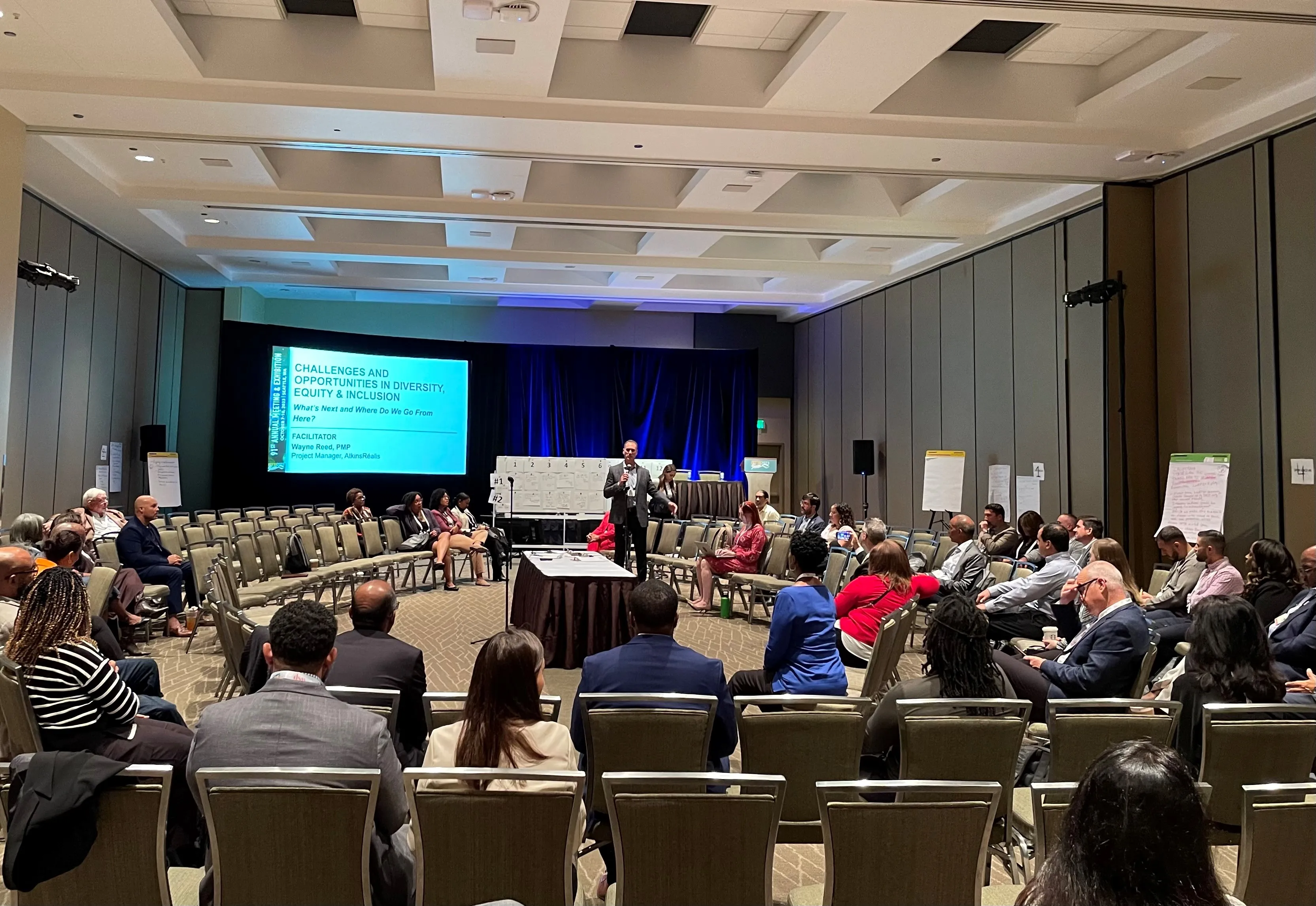Following the publication of the Texas A&M Transportation Institute/
For decades, urban transportation policy and practitioners favoured a model of analysis that prioritised mobility, that is, increasing the speed for moving vehicles, and the time that is saved as a result. While this may make sense on an intuitive level, it is a problematic measure today.
For one thing, ‘fixing’ traffic congestion by trying to make it easier to move cars around led to an overemphasis on road construction that doesn’t seem to be working. Since 1994, all but one of the top 100 places studied by the Texas A&M researchers saw congestion get worse, as measured by their Travel Time Index. Yet during that time, 92 of these places saw an increase in the amount of roadway miles per capita. In the other eight places (including fast-growing Houston, Phoenix, and San Diego) population outpaced roadway construction only slightly. Part of the phenomenon here is called induced traffic and the fact that, if you build it, they will come. Yes, more road building in order to try to move vehicles faster often makes traffic worse.
So if we can’t fix traffic congestion through traditional means what should we be doing? Here the idea is to think about the ends, not the means. What’s important is not movement or mobility of vehicles but, rather, the accessibility the system provides for people; whether it's getting to a job, or school, shopping, entertainment, or recreation. For an example, Puentes’ colleague David Levinson compares Manhattan, Kansas to Manhattan, New York. Traffic in the latter is infamously bad, especially compared to the former, but he estimates that Manhattan, NY is “20 times as accessible as Manhattan, Kansas, despite speeds that are, at best, half as fast.”
A related point comes from Brookings economist Anthony Downs in his book “Still Stuck in Traffic.” He argues that bad traffic is a good sign for cities, especially large cities, and integral to how modern societies function. Tony makes the case that traffic congestion is an indicator of prosperity not because it shows the failure of the transportation system, but because it shows the success of the economy. More people, doing more things, mean more people moving around.
The presence of traffic, then, may cause people to live closer to their jobs, or compel business to locate closer to their workers. Some may choose other forms of transportation such as public transit, or decide to telecommute. Others argue that slowing down drivers is preferable because it makes roads safer, to hell with what it does to travel time measures.
Puentes says this doesn’t mean that urban traffic is unimportant. The Texas A&M researchers rightly point out that cars sitting in traffic waste more fuel and produce more greenhouse gas emissions. It also hampers the movement of freight which is very susceptible to the effects of traffic due to their reliance on global value chains employing “just in time” manufacturing processes and rapid, reliable shipping schedules.
In addition, not everyone can choose to avoid traffic by living close to where they work.
There may be a lack of affordable housing or because households with two earners may work in different parts of a metropolitan area. Other places may not have access to quality public transit or choices for how they get around.
Puentes claims a new approach is needed. There is a need to make places more efficient by joining up transportation with the housing, real estate, commercial, and industrial decisions it drives. There is also a need to implement a range of new charges for road users, including parking and tolling, to make most efficient use of scarce roadway space. We need to think about total transportation options that not only include all modes but the rise in shared services for cars, buses, and bikes.
Puentes concludes, “All these things are happening now but change will take time. In the meantime, let’s hope the next study on urban transportation considers how to make it easier for people to access economic opportunity instead of how to move cars around faster.”
Rethinking urban traffic congestion to put people first
Following the publication of the Texas A&M Transportation Institute/Inrix report on urban traffic congestion in the US, Robert Puentes, senior fellow with the Brookings Institution’s Metropolitan Policy Program , says that while the focus and themes of the report are largely the same as previous years, big changes are underway in how we study, think about, and address metropolitan traffic congestion. This new, modern approach calls into question whether the endless pursuit of congestion relief makes sense a
August 28, 2015
Read time: 4 mins










